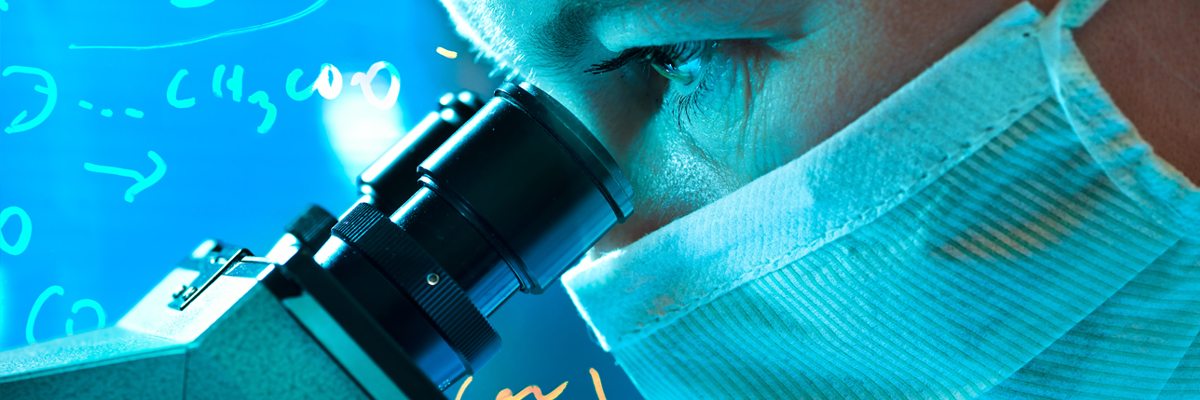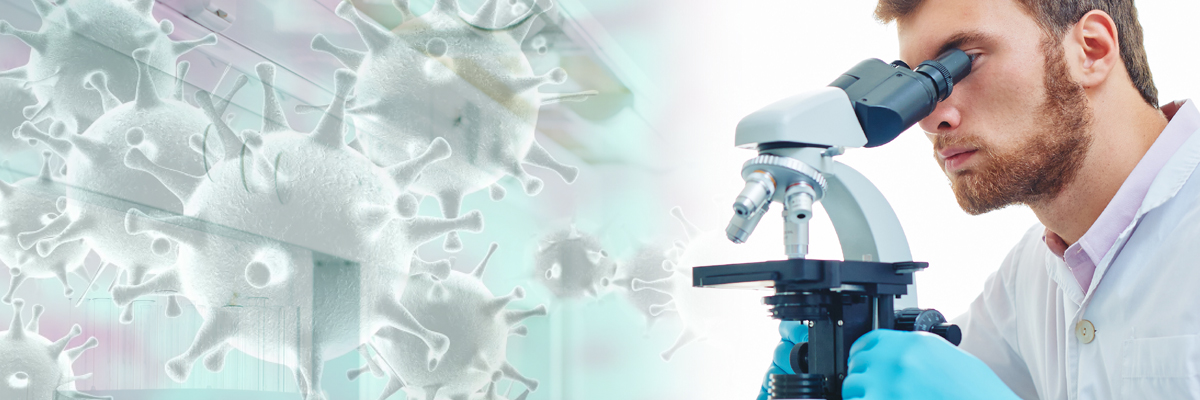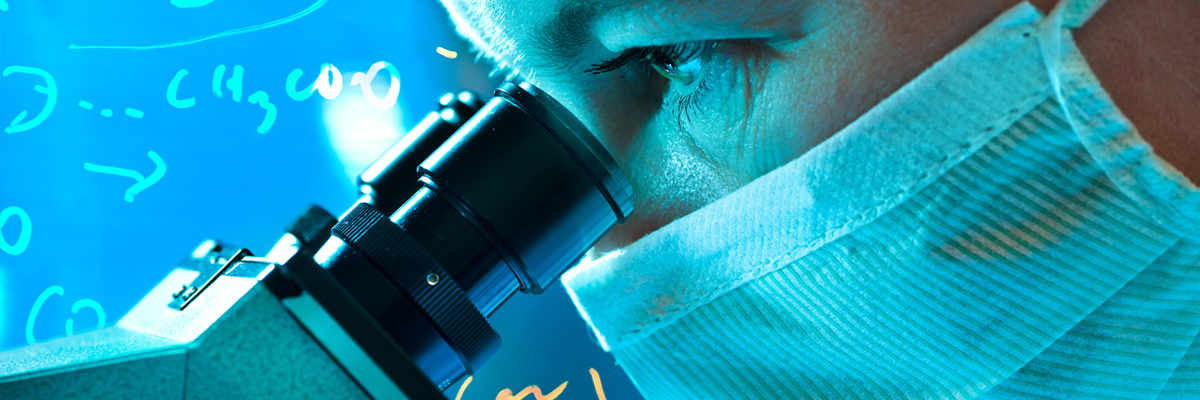Salmonella and airborne microbes
Abstract:
A study conducted by the U.S. Department of Agriculture showing that ionization drastically reduces airborne salmonella microbes, killing the organisms within 60 seconds. Tests were conducted at chicken egg hatching stations whose environments contained large quantities of dust in the air. In a room that housed laying hens that were contaminated with salmonella, the transmission of salmonella between chickens was reduced by 98% while the salmonella in the air was reduced by 95%. This is also a consequence of the ionization’s effectiveness at reducing the quantities of dust in the air. This is important since microbes and pollution “hitch a ride” on dust particles to find their way into lungs and feathers.

Masks require human compliance and correct use. When interior air spaces are saturated with bipolar ions no human compliance is necessary.
Title:
BACTERICIDAL EFFECTS OF NEGATIVE AIR IONS ON AIRBORNE
AND SURFACE SALMONELLA ENTERITIDIS FROM AN ARTIFICIALLY GENERATED AEROSOL
Authors:
Seo, Kun Ho ; Mitchell, Bailey ; Holt, Peter ; Gast, Richard
Submitted to: Journal Of Food Protection
Publication Acceptance Date: August 31, 2000
Publication Date: February 1, 2001
Interpretive Summary:
To investigate whether ion-enriched air exerts a bactericidal effect, an aerosol containing Salmonella Enteritidis (SE) was pumped into a sealed plastic chamber. Plates of agar were attached to the walls, ceiling, and floor of the chamber and exposed to the aerosol for 3 hours with and without the ionization treatment. The plates were then removed from the chamber, incubated at 37C for 24 hours, and colonies were counted. Greater than 1,000 cells/plate were observed on plates exposed to the aerosol without the ionize treatment (control) compared with less than 20 cells/plate on the ionize-treated plates. In another series of experiments, the SE aerosol was pumped for 3 h for 3 hours into an empty chamber containing only the ionizer and allowed to collect on the internal surfaces. The inside surfaces of the chamber were then rinsed with a 100 ml saline solution which was then plated onto agar media. While the rinse from the control chamber contained colony counts greater than 400 cells/ml of wash, no colonies were found in the rinse from the ionization-treatment chamber. These results indicate that high levels of negative air ions can have a significant impact on the airborne microbial load and that most of this effect is through direct killing of the organisms. This technology, which also causes a significant reduction in airborne dust, has already been successfully applied in poultry hatching cabinets and caged egg-layinglayer rooms.

Technical Abstract:
Studies have demonstrated that transmission of Salmonella Enteritidis (SE) within a flock could occur via the airborne route, especially in stressed birds. To investigate whether the ionizer exerted a bactericidal effect on the organisms, a sealed plastic chamber was constructed into which an aerosol containing SE was pumped. On the walls, ceiling, and floor of the chamber were attached XLT4 plates which were exposed to the aerosol for 3 hours, in the presenceof and then in the absence of the ionizer. The plates were removed from the chamber, incubated at 37C for 24 hours, and then counts were made. Greater than 1000 CFU/plate were observed on plates exposed to the aerosol without the ionizer compared with less than 20 CFU/plate on the ionizer exposed plates. Experiments where, after being exposed to the 3 hour aerosol, the inside surfaces of the chamber were rinsed with 100 ml PBS and the rinse plated onto XLT4 plates, showed that, while the rinse from the chamber exposed to the aerosol in the absence of the ionizer contained colony counts greater than 400 CFU/ml of wash, no colonies were found in the rinse from ionizer-exposed chambers. These results indicate that negative air ionization can have a significant impact on the airborne microbial load in a poultry house and at least a portion of this effect is through direct killing of the organisms.
————————————————————————————————————————————————-
Ionization as an alternative to chemicals in foods
Ionization has been shown to be effective in reducing airborne and surface micro-organisms. This study shows how it has been possible to achieve reductions of up to 99% in the case of certain staphylococci and other organisms within 3 hours. Treatment of the bacillus spores over 6 hours reduced them with an efficiency of 96% The apparatus used generated 1,000,000 negative ions per cm3 measured 1 meter from its electrodes.
Title: USE OF NEGATIVE AIR IONIZATION FOR REDUCING BACTERIAL PATHOGENS AND SPORES ON STAINLESS STEEL SURFACES
Authors:
Arnold, Judy ; Boothe, Dorothy ; Mitchell, B. – USDA/ARS SEP
Submitted to: Journal Of Applied Poultry Research
Publication Acceptance Date: December 27, 2003
Publication Date: January 1, 2004
Citation: Arnold, J.W., Boothe, D.D., Mitchell, B.W. 2004. Use Of Negative Air Ionization For Reducing Bacterial Pathogens And Spores On Stainless Steel Surfaces. Journal Of Applied Poultry Research. 13:200-206.
Interpretive Summary:
The use of chemicals in food plant sanitation for removing and killing microorganisms could be reduced by the use of non-chemical methods. Negative air ionization is a new technology that has shown the potential to effectively reduce airborne and surface microorganisms. An electrostatic space charge system (ESCS) generates a strong negative charge that is transferred to bacteria on stainless steel coupons. Current studies have shown a reduction of mixed populations from environmental samples, bacterial pathogens, and bacterial spores. The levels of biofilm bacteria on stainless steel surfaces were decreased with a 99.8% efficiency. In this study, the power of the charge was varied by adjustment of the voltage and/or moving the ground plane closer or further from the electrode points. Counts of bacterial pathogens were less from ionized surfaces than from non-ionized surfaces. Treatment of selected bacteria of food safety importance achieved a 99.9% reduction efficiency in 3 hours. Treatment of selected spores of Bacillus stearothermophilus achieved a 99.8% reduction efficiency in three hours. These data indicate that the ESCS could have an impact in a facility by directly killing bacteria and spores on surfaces.
Technical Abstract:
The use of chemicals in food plant sanitation for removing and killing microorganisms could be reduced by the use of alternative non-chemical interventions. Negative air ionization is a new technology that has shown the potential to effectively reduce airborne and surface microorganisms. Current studies have shown a reduction of mixed populations from environmental samples, bacterial pathogens, and bacterial spores. In our preliminary work, a small chamber with an electrostatic space charge system (ESCS) was used to transfer a strong negative charge to bacteria on stainless steel coupons. The levels of bio.lm bacteria on stainless steel surfaces were decreased with a 99.8% efficiency. In this study, ion density was varied by adjustment of the ionizer power supply voltage and/or moving the ground plane closer or further from the electrode points to achieve ion densities at 1 m from 103 to 106 negative ions/cm3. Relative humidity was maintained at 85%. Counts of bacterial pathogens were significantly less from ionized surfaces than from non-ionized surfaces. Treatment of Campylobacter jejuni, Escherichia coli, Salmonella enteritidis, Listeria monocytogenes, and Staphylococcus aureus achieved up to a 4 log reduction with a 99.9% reduction efficiency in 3 hours. Treatment of spores of Bacillus stearothermophilus achieved a 3 log reduction with a 99.8% reduction efficiency in 3 hours. These data indicate that the ESCS could have an impact on the microbial load in a facility by directly killing bacteria and spores on surfaces.
————————————————————————————————————————————————-
Ions eliminate airborne infections
A one-year study using ionization equipment at an intensive care ward at University Hospital in Leeds, England has shown to be completely successful with one hundred per cent elimination of airborne infections caused by acinetobacter pathogens. Infections that occur while in the hospital are a very serious problem worldwide. A study by the Swedish College of Medicine estimated that 800 people die each year in Swedish hospitals due to secondary infections and that 90,000-100,000 become infected annually.
There are many forms of hospital infection and approximately 20% of these infections are transmitted via the air. In England alone this represents an annual cost of approximately GBP 100-200 million. Acinetobacter infections are a growing problem at hospitals since this pathogen is resistant to nearly all antibiotics that are currently available. The successful study result has resulted in more money being invested in research on negative ions and their effect on resistant pathogens.
A solution to hospital infections could be in the air:
A breakthrough in the fight against infections acquired in hospitals could be achieved thanks to pioneering new research. The project is investigating the use of ionizers to eradicate airborne infections in hospitals – a technique that could deliver major health benefits and financial savings. Starting in December 2005, the 3-year initiative will be carried out by engineers at the University of Leeds with funding from the Swindon-based Engineering and Physical Sciences Research Council (EPSRC).
Infections originating in hospitals are a serious and widespread problem, affecting around 10% of patients during their stay. There is increasing evidence that up to 20% of these infections are transmitted by an airborne route – at a cost of GBP 100-200 million a year in England alone.
The project will build on a recent successful study at St James’s University Hospital in Leeds. This found that using ionizers to negatively charge air particles in an intensive care unit prevented all infections caused by the Acinetobacter pathogen. Immune to nearly all currently available antibiotics, Acinetobacter infections are a growing problem in hospitals and can be fatal in some groups of patients.
In the new project, the same team will set out to understand the science behind this success and provide a basis for future use of the technique. They will focus on the biological and physical processes associated with negative air ionization and airborne transmission of infection, and establish guidelines for the effective use of ionizers in hospital buildings.
Much of the research will be carried out in the University’s state-of-the-art aerobiological test facility, which was part funded by EPSRC. The facility incorporates a 32 cubic meter climatic chamber where temperature, humidity and ventilation rates can be varied and controlled. The chamber enables researchers to mimic various clinical environments and perform a wide range of experiments involving aerosols doped with micro-organisms.









